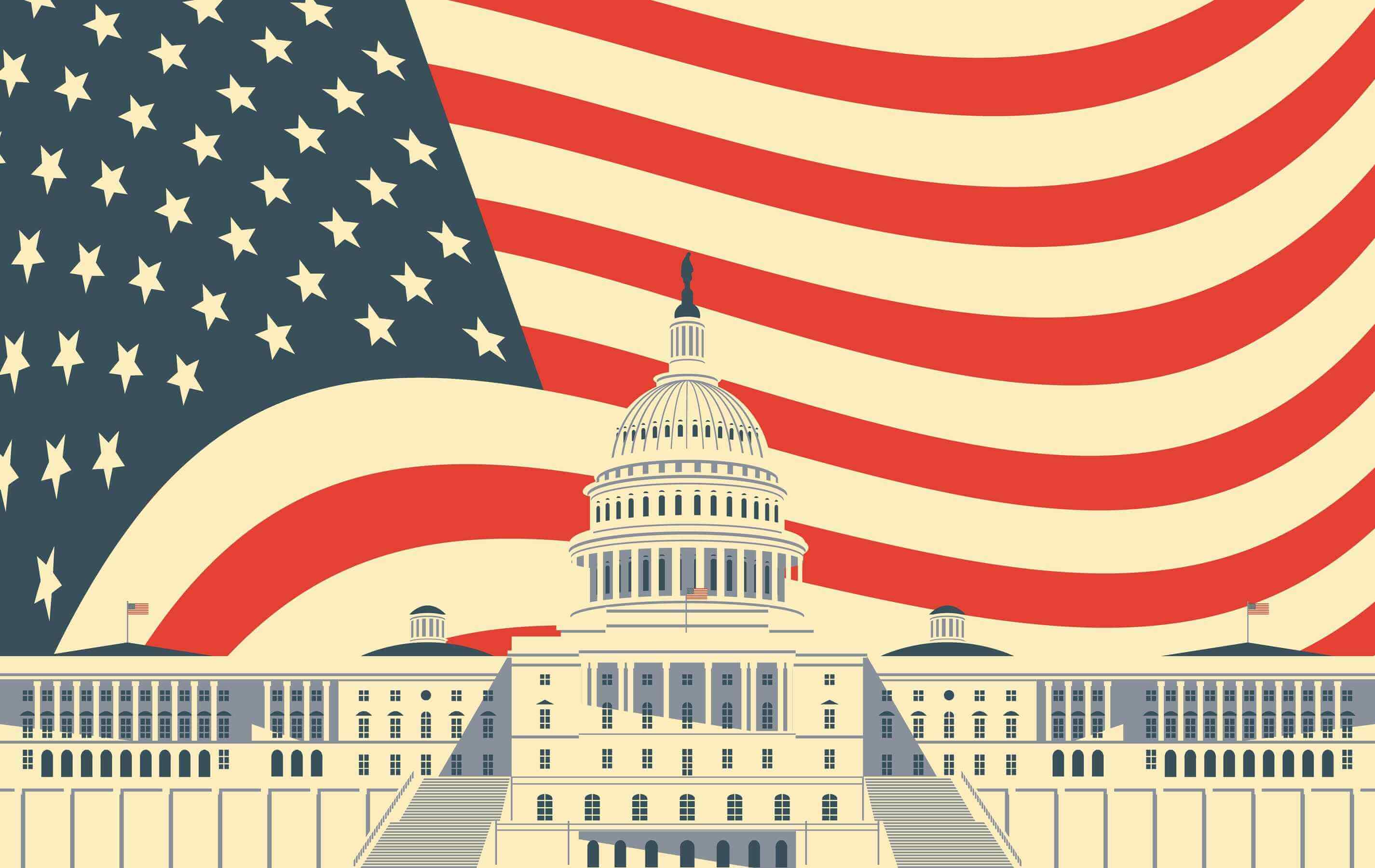Inflation Remains Elevated. That Won't Keep The Fed From Cutting Rates.

Inflation is stuck above the level that most Federal Reserve policymakers consider healthy. That’s still unlikely to be enough to knock Fed Chair Jerome Powell off course from announcing another interest rate cut next month.
The personal consumption expenditures index — the Fed’s preferred measure of inflation — climbed at an annual rate of 2.7 percent in August, the Commerce Department reported on Friday, a slight increase from the previous month. That’s firmly above the Fed’s annual target of 2 percent. Excluding food and energy costs, the so-called core measure of prices rose 2.9 percent.
In normal circumstances, that increase might preclude policymakers from lowering short-term borrowing rates and risk stoking inflation. But the central bank is also confronting a slowdown in hiring, and keeping rates too high risks further stalling the labor market. What’s more, there’s a growing sense that the inflationary effects of President Donald Trump’s tariffs — which many assumed would cause prices of consumer goods to rocket — will prove temporary.
“I don't see any evidence yet of the risk case that the Fed would worry about with tariffs, which is that tariffs would spill over [into other sectors], and that ongoing effects on inflation would persist,” said Ernie Tedeschi, a former Biden administration economist who’s now the director of economics at the Budget Lab at Yale. “This looks very consistent with a one-time price level increase.”
The Fed is scheduled to hold its next rate-setting meeting on Oct. 28-29.
Trump has said for months that Powell was exaggerating the potential impact of the tariffs on inflation. The White House has engaged in a high-stakes public campaign to pressure the Fed chair to slash rates.
Yet Friday’s report suggested that the economy is faring well even against the backdrop of elevated rates. Consumer spending accelerated in August at a stronger pace than economists had expected. Household spending was also a significant factor in the economy’s robust 3.8 percent growth in the second quarter, which was well above the 3 percent target set by Treasury Secretary Scott Bessent and other Trump officials.
“The ground may look shaky on both sides of our mandate [promoting both jobs and price stability], which might cause some distress that the economy will lose its balance, but if you focus on the horizon, the path forward feels more stable,” said Tom Barkin, the president of the Federal Reserve Bank of Richmond, in a speech at the Peterson Institute for International Economics.
Powell has said that tariff-related price increases have been a factor in a recent run-up in inflation, but he has also acknowledged that those effects could be temporary. He said in a speech earlier this week that those one-time increases in prices “will likely be spread over several quarters and show up as somewhat higher inflation during that period.”
Powell also left the door open to another rate cut next month to reduce strain on the labor market. Unemployment remains near historic lows, but hiring has slowed significantly due to both supply and demand pressures, he said. The slowdown in employment was a major factor in the central bank's decision to lower rates by a quarter point at its September meeting.
“We don’t exactly understand what the current state of the economy is and where it’s going to go,” Powell said. “So we try to have policy that can cover the range of plausible outcomes, not just one outcome.”
Investors have assigned an 85.5 percent likelihood that the Fed will lower rates by a quarter point at its October meeting, according to CME’s FedWatch tool, basically unchanged from before the latest inflation report.
Popular Products
-
 Adjustable Ankle Tension Rope
Adjustable Ankle Tension Rope$38.99$26.78 -
 Electronic Bidet Toilet Seat
Electronic Bidet Toilet Seat$610.85$490.78 -
 Adjustable Shower Chair Seat
Adjustable Shower Chair Seat$67.99$53.78 -
 Adjustable Laptop Desk
Adjustable Laptop Desk$66.00$45.78 -
 Sunset Lake Landscape Canvas Print
Sunset Lake Landscape Canvas Print$200.78$70.78